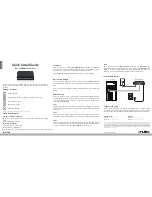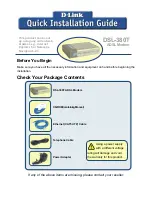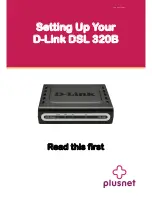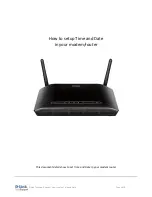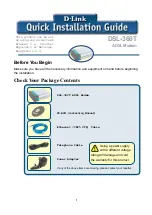
Spread Spectrum Radio Modems
Models RF401, RF411, RF416
Spread spectrum radios spread the normally narrow-
band information signal over a relatively wide band of
frequencies. This allows the communications to be more
immune to noise and interference from RF sources such
as pagers, cellular phones and multipath.
1
The RF401,
RF411, and RF416 radios reduce susceptibility to RF inter-
ference from other spread spectrum devices by providing
user-selectable frequency hopping patterns.
The RF401-series spread spectrum radio modems can be used
for general purpose wireless data communications and support
point-to-point and point-to-multipoint datalogger communications.
They can serve as a field modem/radio while connected to the data-
logger or as a base station modem/radio when connected to a computer.
The modems have three protocol settings: "Transparent", "PB Aware", and "PB Node". The
"PB Aware" and "PB Node" protocols are intended for P
AK
B
US
® networks. The radio must be set to
the "Transparent" protocol if it will be used in a network containing an RF400, RF410, or RF415 radio
2
.
Features
• Individual FCC license not required
3
• Up to one mile transmission range when using inexpensive omnidirectional antennas (shown). Up to 10 mile
transmission range when using higher gain directional antennas at ideal conditions (please note that line-of-
sight obstructions and RF interference will affect transmission distance)
• 25-channel frequency-hopping radio
• Built-in simplified and advanced setup menus for configuring port modes, network/radio addresses, protocol,
hop table, and power saving modes; settings stored in non-volatile memory
• Setup that allows different addresses for multiple dataloggers in a point-to-multipoint network
(call about repeater capability)
• Reduced power consumption by the datalogger, as the radios perform “packet address fi ltering”
• Greater immunity to interference and RF collisions (by using RF retries)
• Ability to have standalone RF router/repeaters (up to 8 repeaters)
• Faster communication due to elimination of some of the small “link state packets”
1
The operating frequency band of these radio modems may be shared with other non-licensed services such as cordless telephones and with licensed services including emergency
broadcast and air-traffic control.
2
The RF400, RF410, and RF415 were retired in May 2005.
RF401-series modems, like all FCC Part 15 devices, are not allowed to cause harmful interference to licensed radio communications and must accept any interference that they
receive. Most Campbell Scientific users operate in open or remote locations where interference is unlikely. If there is a problem, interference can be reduced using methods such
as moving the device, reorienting or using a different type of antenna, or adding RF shielding.
W H E N M E A S U R E M E N T S M A T T E R
W H E N M E A S U R E M E N T S M A T T E R
®
CAMPBELL SCIENTIFIC, INC.





